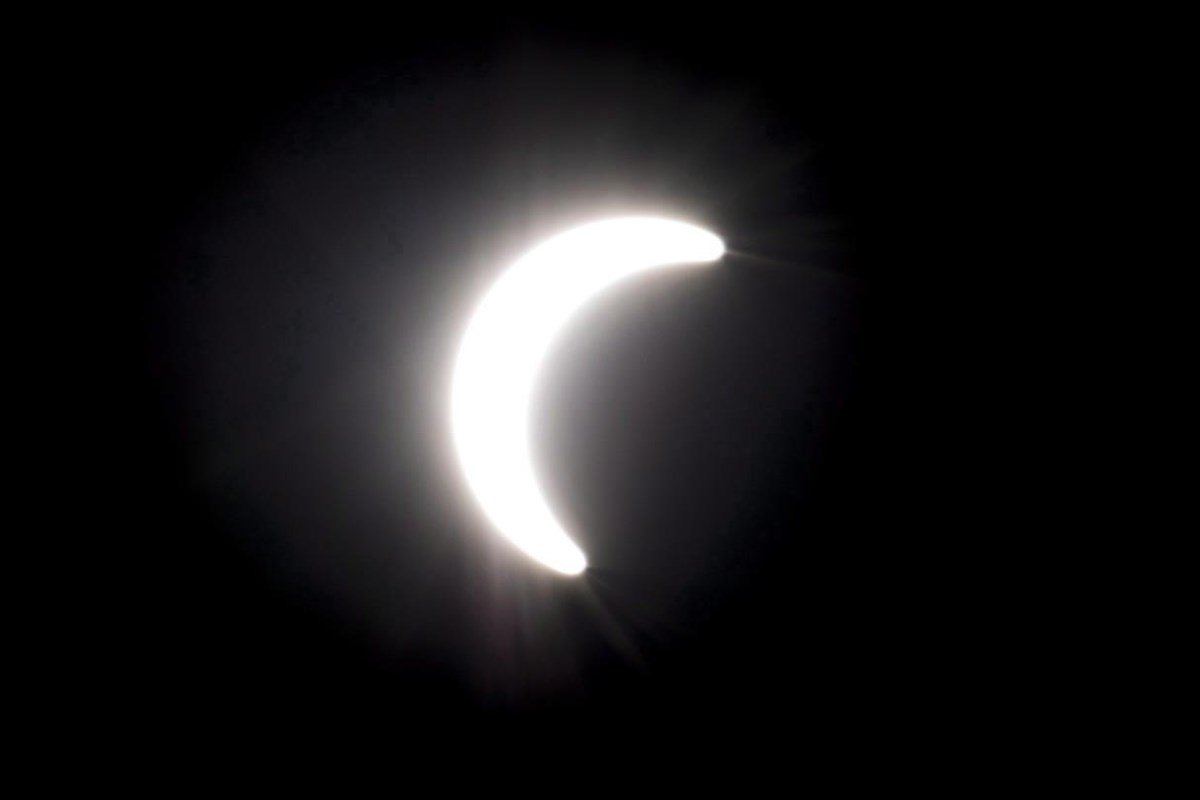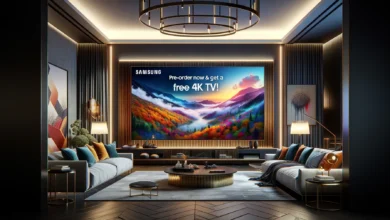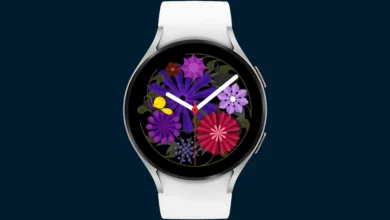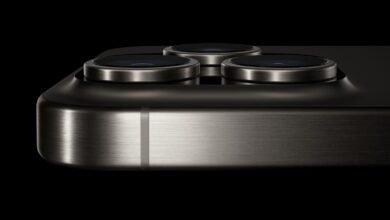On April 8, a rare opportunity will be presented to millions of people living in Eastern and Atlantic regions of Canada. They will get the unique experience of witnessing a solar eclipse. However, every observer is strongly recommended to use proper eye protection, according to experts.
Why is it Riskier to Watch an Eclipse than Looking at the Sun on a Normal Day?
According to Dr. Philip Hooper, President of the Canadian Ophthalmological Society, the danger lies in the deceptive perception of pain – or lack thereof – when catching a glimpse of a solar eclipse. During an everyday encounter with sunlight, the human eye instinctively rejects extended exposure due to intense brightness, preventing excessive damage. However, during a solar eclipse, this protective reflex doesn’t kick in due to the masking of the sun’s extreme brightness, potentially causing irreversible harm to the eyes.
Impact of Sun’s Radiation on the Eyes
Exposing unprotected eyes to the sun’s intense light and infrared radiation can lead to severe damage. When focused on the retina’s center, it could produce a heat comparable to using a magnifying glass to concentrate sunlight onto a piece of paper. The concentrated solar radiation can lead to increasing cellular temperature to boiling point, inflicting permanent cellular damage.
Is Using Sunglasses or Watching Through a Window Enough Protection?
Unfortunately, regular sunglasses offer no substantive protection against solar radiation during an eclipse. Wearing them would risk eye damage. Similarly, windows don’t offer any protective effect against solar exposure.
How About Using a Phone Camera?
The Canadian Space Agency advises against the use of a phone camera during the solar eclipse. Observing the sun using any optical instrument without a solar filter could risk irreversible eye damage. Also, using a phone camera could damage the lens due to exposure to intense light.
Protection against Solar Radiation
To safely view the rare spectacle of a solar eclipse, special glasses with filters designed for such occasions are recommended by the Canadian Space Agency. These glasses, certified to international safety standards ISO 12312-2, should cover the eyes completely, preventing light from entering from any angle. They should be completely opaque unless facing the sun.
Participants are also cautioned against using scratched, torn or damaged glasses, as they might not offer sufficient protection.
For those unable to access certified glasses, an alternate method would be to create a projector ensuring the observer is never directly exposed to the sun’s light.
As the day heralds the beautiful spectacle of a solar eclipse, safety should not be compromised for the thrill of a rare experience. Proper eye protection should be used at all times while observing the eclipse to protect our precious eyes from irreparable damage.




